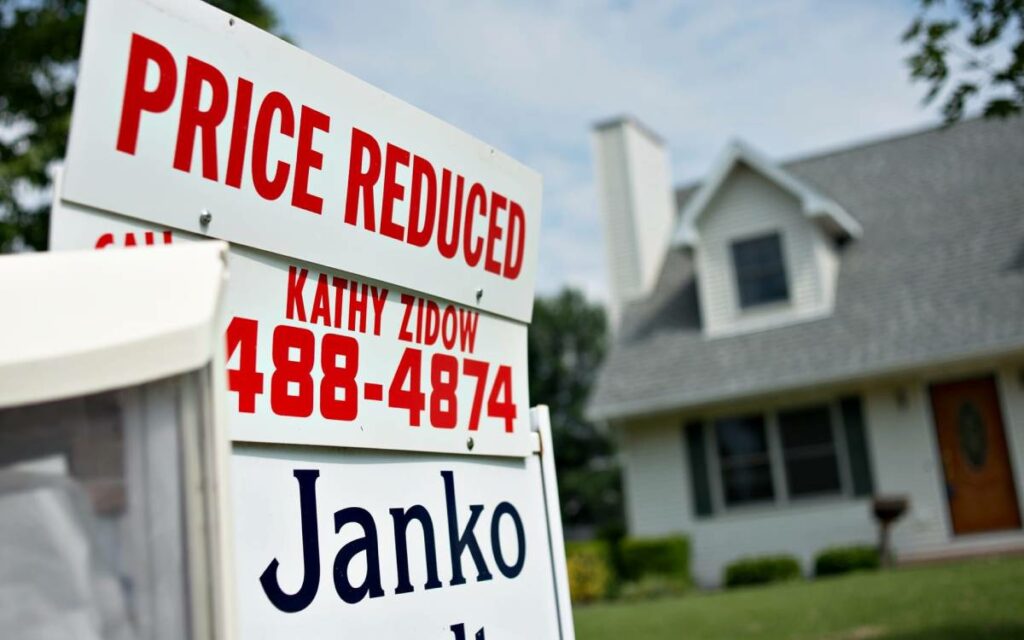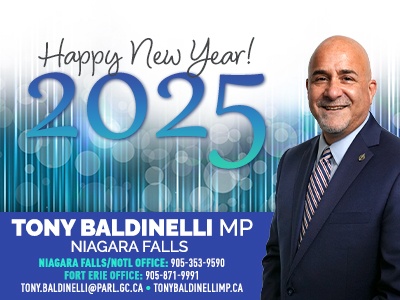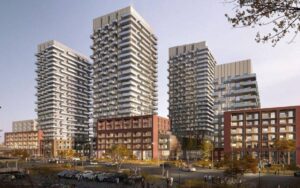
Niagara’s Housing Price Index (HPI) composite benchmark dipped by 4.7 per cent on a month-over-month basis in June. Photo credit: Bloomberg/Daniel Acker
Interest rate hikes and fears of an impending recession continue to cool what was a red-hot housing market across much of the country for the past few years. Inventory continues to rise, while sales and prices continue to fall.
Locally, in Niagara prices fell on a month-over-month basis for the third time in a row in June, after several successive increases dating back to July 2021.
Between May and June 2022, the local Housing Price Index (HPI) composite benchmark dipped by 4.7 per cent, going from $790,500 to $753,200. The month prior, the HPI fell by 3 per cent.
Unlike the previous two months, which saw some local areas maintain their upward trajectory, every municipality in the Niagara Association of Realtors service area experienced a price drop in June, from Fonthill to Fort Erie.
“The residential real estate market continues its declining trend established over the last few months,” said Niagara Association of Realtors president Jim Brown in a press release Monday. “Month over month data shows available inventory continues to increase, the number of homes sold continues to fall and home prices continue to fall.”
In Fonthill/Pelham, the HPI dropped 7.6 per cent from $1,026,500 to $948,600 between May and June, leaving Niagara-on-the-Lake as the only local municipality with an HPI north of the million-dollar mark ($1,267,700). Niagara-on-the-Lake, for its part, had the smallest month-over-month decrease, dipping by only 2.1 per cent.
In Welland, Niagara’s most affordable market, prices dipped by 7.2 per cent from $649,600 to $603,100.
In Port Colborne/Wainfleet, Niagara’s second most affordable market, prices fell by 6.1 per cent to $608,100, after increasing by 4.3 per cent in May.
In all, 483 properties exchanged hands in June, down 19 per cent from May.
While the average number of days on the market jumped by 27 per cent, going from 15 in May to 19 in June.
Calculated using a sophisticated statistical model that considers a home’s quantitative and qualitative features, HPI provides a more stable price indicator than average prices, as it tracks changes to ‘middle-of-the-range’ or ‘typical’ homes and excludes extreme high-end and low-end properties.
The HPI composite benchmark property for Niagara is currently a 1,276 square foot single detached home between 51 to 99 years old with three bedrooms, two bathrooms, forced air, natural gas and is on municipal sewers.
The Niagara Association of Realtors service area excludes Grimsby and certain parts of West Lincoln. Those locations are included in statistics provided by the Realtors Association of Hamilton-Burlington.




















